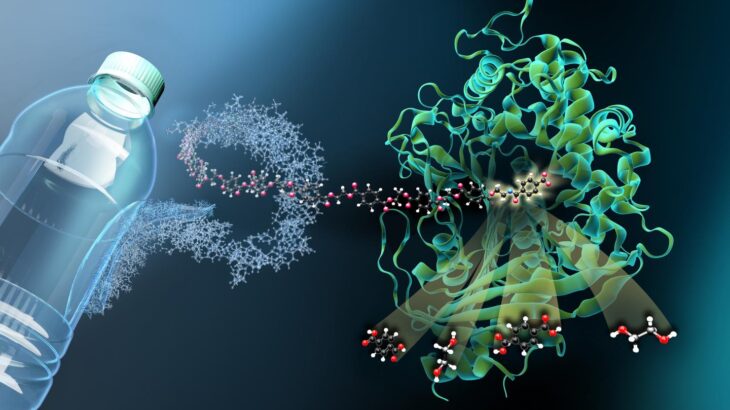
By Nada Salem, Physics & Astronomy editor Few events mark the beginning of a new age in astronomy the way that the James Webb Space Telescope (JWST) did last summer. In July 2022, the first full-colour images from the honeycomb-shaped JWST stunned the world. They captured moments from the infancy of the universe beamed from […]







